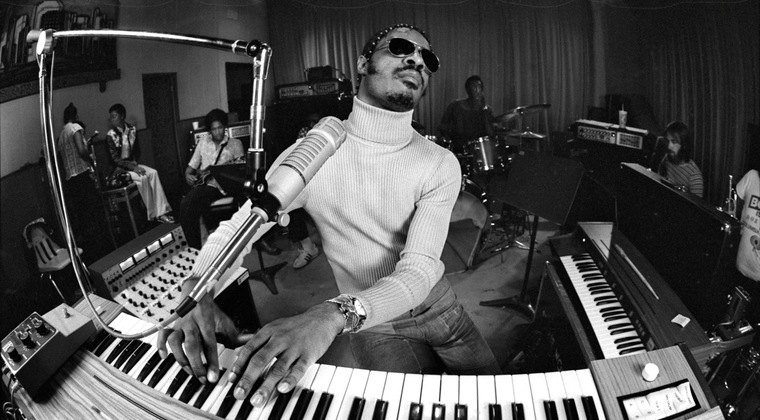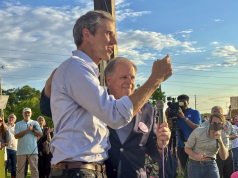
By Alejandro Danois
©2016, The Shadow League

Over a two-and-a-half year span, Stevie Wonder recorded several hundred songs during the sessions for what would later become one of the most remarkable accomplishments in musical history.
Over 130 singers, musicians and engineers participated in some of the nonstop sessions that ran for 48 hours at a time in New York City’s Hit Factory, Hollywood’s Crystal Sound and the Record Plant studios California. Among those whose talents were a part of the creative process were Minnie Riperton, George Benson, Deneice Williams and Herbie Hancock.
The result of what many consider to be the most prolific creative period of his musical career was the double-album, Songs in the Key of Life. 26 years old at the time, it was Stevie’s 18th album. He was already one of the world’s most popular and respected figures in any genre of music, riding a wave of creativity that has become known as his classical period, which encompassed Music of my Mind and Talking Book in 1972, Innervisions in 1973 and Fulfillingness’ First Finale in 1974.
But for all of his previous success, nothing could quite prepare one for the majestic power that Songs in the Key of Life would bring beyond commercial success and the four Grammys it garnered for Album of the Year, Best Male Pop Vocal Performance, Best Male R&B Vocal Performance and Producer of the Year.
For full story… TheShadowLeague.com
—
This story originally appeared on TheShadowLeague.com, a site dedicated to journalistically sound sports coverage with a cultural perspective that insightfully informs sports fans worldwide.




